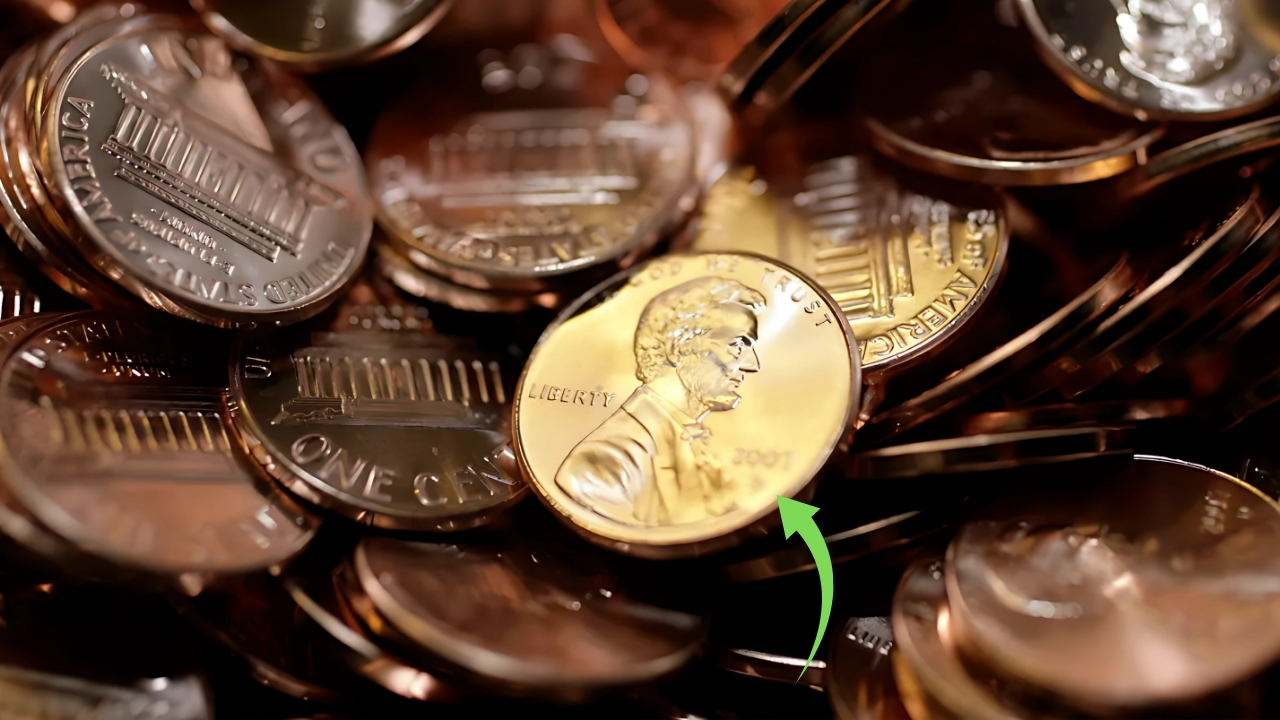Texas Coin : In a surprising turn of events, the U.S. Treasury has announced the cessation of penny production, sparking widespread discussion among collectors, economists, and everyday Americans.
A Texas coin shop owner, James Harlan, has emerged as a vocal advocate for preserving every penny in circulation, citing their potential future value and historical significance. This development raises questions about the penny’s role in modern commerce, its collectible appeal, and the broader implications for the economy. Here’s a closer look at why this news matters and what it means for the future.
The End of Penny Production
The U.S. Mint, under the direction of the Treasury, has decided to halt the production of the Lincoln cent, commonly known as the penny, due to rising production costs and declining practical use. For years, the cost to produce a single penny—approximately 2.7 cents in recent estimates—has exceeded its face value, making it a financial burden for the Mint. Combined with the shift toward digital transactions and the penny’s diminishing role in daily commerce, the decision to end production has been under consideration for decades.
Harlan, who runs a coin shop in Austin, Texas, sees this as a pivotal moment. “The penny is more than just pocket change,” he says. “It’s a piece of American history, and with production stopping, every single one out there could become a collector’s item.” His urgency reflects a growing sentiment among numismatists—coin collectors—who anticipate a surge in demand for pennies, particularly those in pristine condition or from specific years.
Why Save Pennies?
Harlan’s call to “save every penny” is rooted in both practical and sentimental reasoning. From a collector’s perspective, the end of production often signals a spike in value for discontinued coins. When the U.S. Mint stopped producing certain denominations, like the half-cent in 1857 or the three-cent piece in 1889, surviving examples became highly sought after. Pennies, especially those from low-mintage years or with unique characteristics, could follow a similar trajectory.
For example, the 1969-S doubled die penny, a rare variety with a distinct visual error, has fetched prices as high as $50,000 at auction. Even common pennies from certain years, like the 1943 copper penny (most pennies that year were made of steel due to wartime copper shortages), can be worth thousands. Harlan advises collectors to inspect their pennies closely, looking for rare dates, mint marks, or errors that could make them valuable.
Beyond their potential monetary worth, pennies carry cultural significance. Introduced in 1909 to commemorate Abraham Lincoln’s 100th birthday, the penny has been a fixture of American life for over a century. Its design has evolved, from the wheat ears reverse (1909–1958) to the Lincoln Memorial (1959–2008) and the current Union Shield. For many, the penny evokes nostalgia, reminding them of childhood piggy banks or small transactions at local stores.
The Economic Context
The decision to end penny production reflects broader economic trends. Inflation has eroded the penny’s purchasing power; what cost one cent in 1909 now requires over 30 cents. Many businesses round prices to the nearest nickel, and some countries, like Canada, eliminated their one-cent coins entirely in 2012. The U.S. has lagged behind, partly due to tradition and resistance from groups like the zinc industry, which profits from penny production (pennies are primarily zinc with a thin copper coating).
However, the cost of producing pennies has become unsustainable. The U.S. Mint’s 2023 annual report noted that it lost $150 million producing pennies and nickels, with pennies accounting for the bulk of the loss. Discontinuing production is expected to save millions annually, though the Mint has not yet clarified whether existing pennies will remain legal tender indefinitely.
Harlan argues that this economic shift makes pennies even more critical to preserve. “Once they’re gone, they’re gone,” he says. “The government won’t make more, and over time, wear and tear will reduce the number in circulation.” He encourages people to check their change, coin jars, and even the ground for pennies, as their scarcity could drive up value.
The Collector’s Perspective
For coin enthusiasts, the end of penny production is both an opportunity and a challenge. The market for collectible coins often spikes when a denomination is discontinued, as collectors rush to acquire high-quality examples. Pennies from 2025, the final year of production, are likely to be especially prized, particularly those in uncirculated condition or from specific mints (Philadelphia and Denver).
Harlan recommends several strategies for preserving pennies:
-
Check Dates and Mint Marks: Look for pennies with low mintages or errors. Mint marks (D for Denver, S for San Francisco, or none for Philadelphia) can affect value.
-
Store Properly: Keep pennies in protective sleeves or albums to prevent damage. Avoid cleaning coins, as this can reduce their value.
-
Focus on Key Years: Pennies from 1909, 1931-S, 1955 doubled die, or 1969-S are already valuable and may see increased demand.
-
Stay Informed: Follow numismatic news for updates on penny values and market trends.
He also advises against hoarding large quantities of common pennies in poor condition, as their value may remain low unless they’re rare varieties. Instead, he suggests focusing on quality over quantity.
Public Reaction and Debate
The announcement has sparked varied reactions. Some Americans welcome the change, citing the penny’s inconvenience in an increasingly cashless society. Others, like Harlan, view it as the loss of a cultural icon. Social media platforms, including posts on X, reveal a divide: some users lament the penny’s demise, while others argue it’s long overdue. One X post read, “Pennies are worthless now, but in 20 years, they’ll be gold to collectors.” Another countered, “Good riddance—pennies just clog up my wallet.”
Retailers are also weighing in. Small businesses that rely on cash transactions may face challenges adjusting to a penny-less economy, though rounding practices are already common. Larger chains, which favor card payments, are less affected. The Treasury has promised guidance on how businesses should handle transactions, but no firm timeline has been set.
The Penny’s Legacy
As the penny fades from production, its legacy endures. For Harlan, the coin is a tangible link to America’s past, from Lincoln’s presidency to the economic shifts of the 20th and 21st centuries. He recalls finding a 1914-D penny—a rare date worth hundreds of dollars—in a customer’s collection, a reminder of the treasures hiding in plain sight. “Every penny tells a story,” he says. “Don’t let them disappear.”
The end of penny production marks a turning point, not just for collectors but for anyone who values a piece of history. Whether you’re a numismatist or simply someone with a jar of change, Harlan’s advice is clear: save every penny you find. Its worth—monetary or sentimental—may only grow with time.
What’s Next?
While the Treasury’s decision is final, questions remain. Will pennies remain legal tender? How will retailers adapt? And what does this mean for other low-value coins, like the nickel? For now, Harlan and other coin shop owners are bracing for a surge in interest, as collectors and curious citizens alike seek to preserve a piece of Americana.
If you’re inspired to start saving pennies, begin by checking your pockets, purses, and couch cushions. You might be surprised at what you find. As Harlan puts it, “The penny’s not dead yet—it’s just getting ready for its next chapter.”

